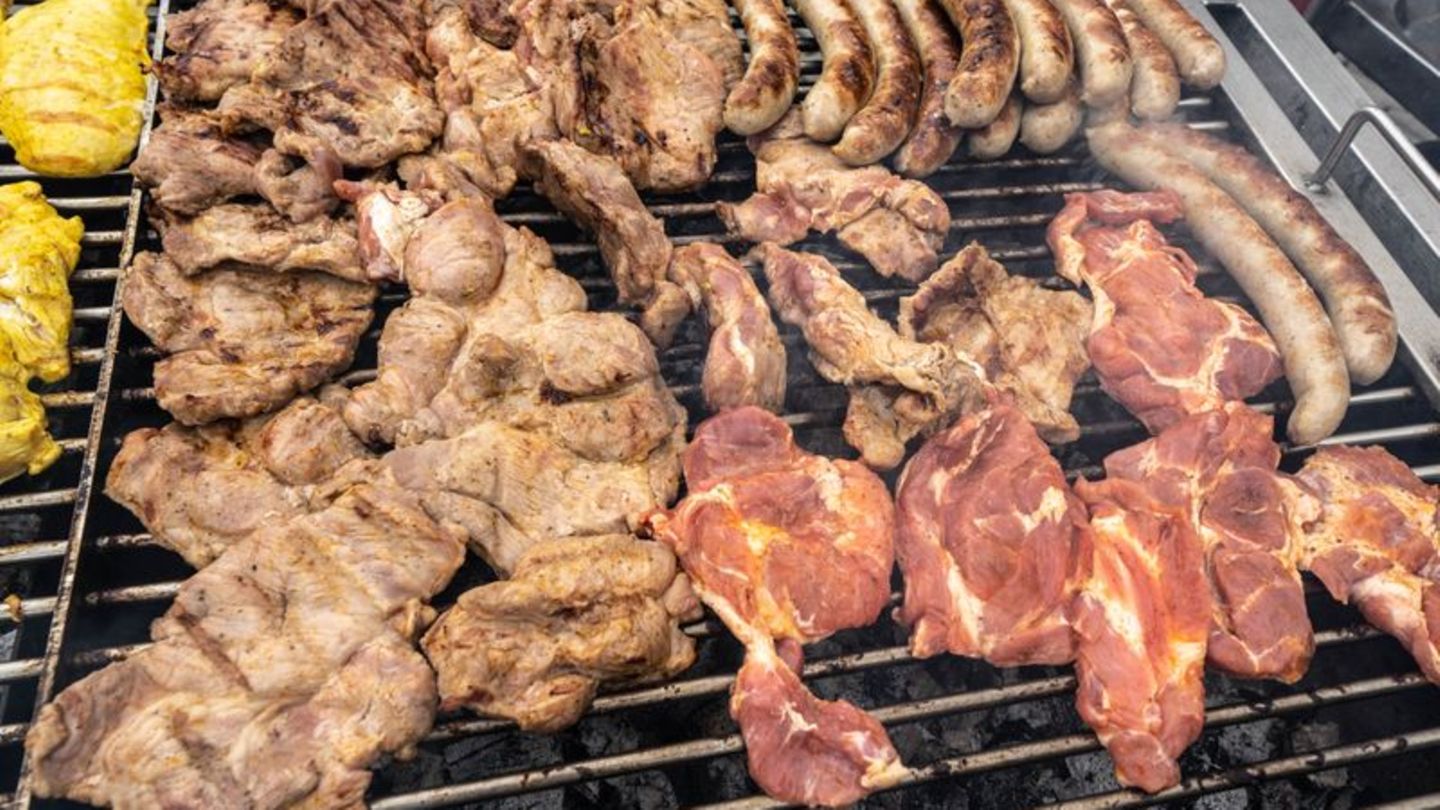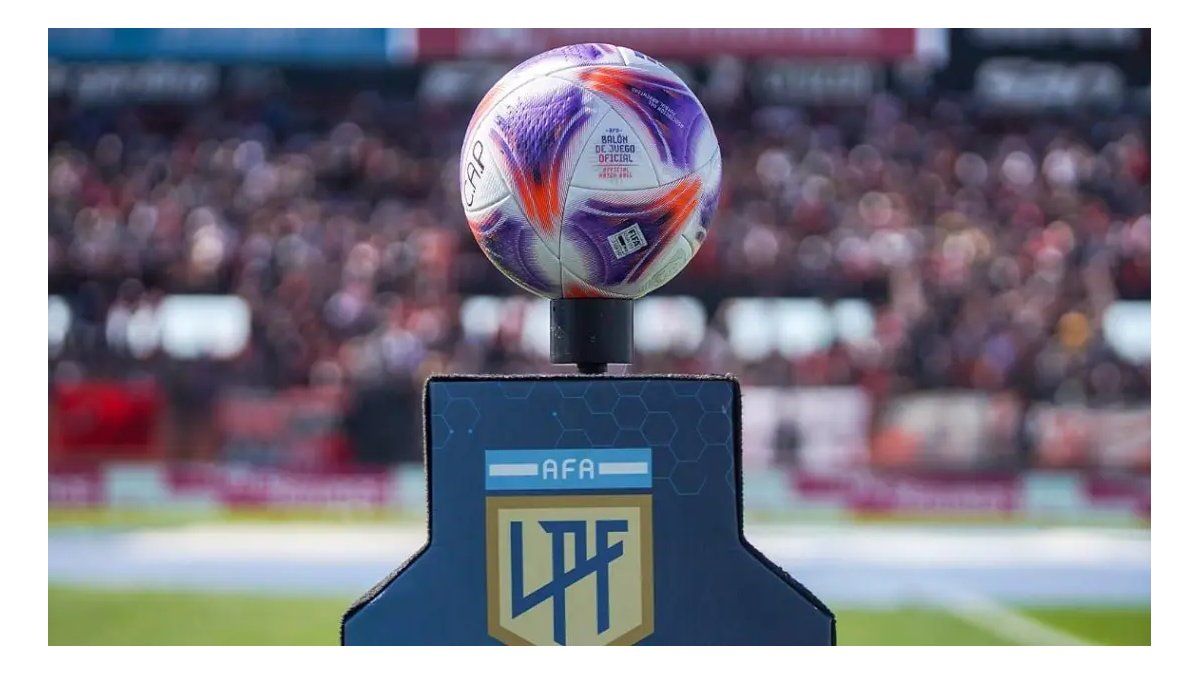When they put a box of schnitzels in their shopping basket, many people also pay attention to information about how the animals are kept in the barn. A well-known label is now being updated – and a new one is approaching.
Summertime is barbecue time – and traditionally a high season for steaks and sausages from the supermarket. Many meat packages also contain information about how the animals once lived in the stable. And now something is happening.
A well-known trade mark is to be redesigned from July. And the concrete preparations for the future state logo, which is to be added in mid-2025, are now beginning: Pig fattening farms must report the type of husbandry they use by August 1. However, implementation by the states is still a bit slow for the time being.
Shortly before the deadline, it was unclear in many places where the reports should be sent. According to an overview from the Federal Office for Agriculture and Food, Lower Saxony, Rhineland-Palatinate and Thuringia have so far determined the responsible authority.
When asked, the Federal Ministry of Agriculture said that it was assumed that the states would meet their obligations and implement the law on time. In order to give them enough time, the reporting deadline was almost twelve months after it came into force. No further buffer was planned.
State logo with five levels
The traffic light coalition’s law passed in August 2023 stipulates that labeling of domestic products will become mandatory from August 2025. It will initially start with pork in supermarkets. A system with five categories is to be introduced when piglets are fattened after rearing.
It starts with the “stable” type of husbandry with the legal minimum requirements. The “stable+space” level specifies 12.5 percent more space, “fresh air stable” contact with the outside climate. In addition, there are the “runway/pasture” and “organic” levels.
Minister Cem Özdemir (Greens) has already presented what the logo will look like. It is factual and sober: a white, rounded rectangle with “animal husbandry” written in black. The type of husbandry is shown in a smaller rectangle filled in black – with five small rectangles for the five categories. A variant with a mint green background is also possible if that is easier to see.
Pig farmers receive an identification number
As a first step, farmers must now report the number of animals and which of the five types of husbandry they have in their stables to the authority that their country designates for this purpose. From there, after checking the requirements, they will then receive a permanent identification number that is valid for their meat in the further supply chain up to the supermarket. The law states that this should arrive within two months.
How quickly this will be implemented nationwide remains to be seen. The new logo can then be used voluntarily before the obligation comes into force. The first labelled products could be seen in supermarkets from 2025, according to the ministry.
In addition, the labeling will next be extended to restaurants and canteens. The traffic light factions have just arranged a technical discussion with experts from agriculture and gastronomy for September. They then want to introduce a draft law to the Bundestag in October.
Private logo adapts
There is also movement in the top dog in the refrigerated shelves, the widespread voluntary labeling of supermarket chains with the imprint “Husbandry type”. It started in 2019 and already applies to meat and processed products from cattle, pigs and poultry.
The labels currently contain the numbers 1 to 4 for four levels from “stable” to “premium”. At the beginning of the year, however, an alignment with the state logo was announced – and this will begin in the summer. The process will take about a year, explained the sponsoring company.
In future, the private logo will also have five levels. And this will gradually appear on more and more packages. The names of the categories and the husbandry criteria for pigs will also be adapted to the state logo. Both labels should exist side by side without contradiction and form a uniform orientation system, explained the bearer. Özdemir welcomed the alignment, especially since the state is not yet that far along with meat of all animal species.
Will there be long-term financing?
Long-term financing for the restructuring of animal husbandry remains uncertain, so that farmers are not left to bear the additional costs of higher standards. Özdemir brought one billion euros, which is reserved as a boost for pig farmers, unscathed by the budgetary wrangling in the federal government. But in the long term and for other animal species, this is not enough. The minister’s proposals for an “animal welfare cent” or a small surcharge on the previously reduced VAT rate for meat were rejected by the FDP, which is part of the governing coalition.
In order for the restructuring to succeed, long-term financing commitments are necessary, the Green politician made clear once again. Proposals for this are on the table, and it is now up to the legislator – i.e. the Bundestag. The “Animal Welfare Initiative”, which is supported by the industry and pays participating farmers price premiums for additional requirements, had already announced that the continuation of its programs was secured until at least the end of 2027.
Source: Stern




